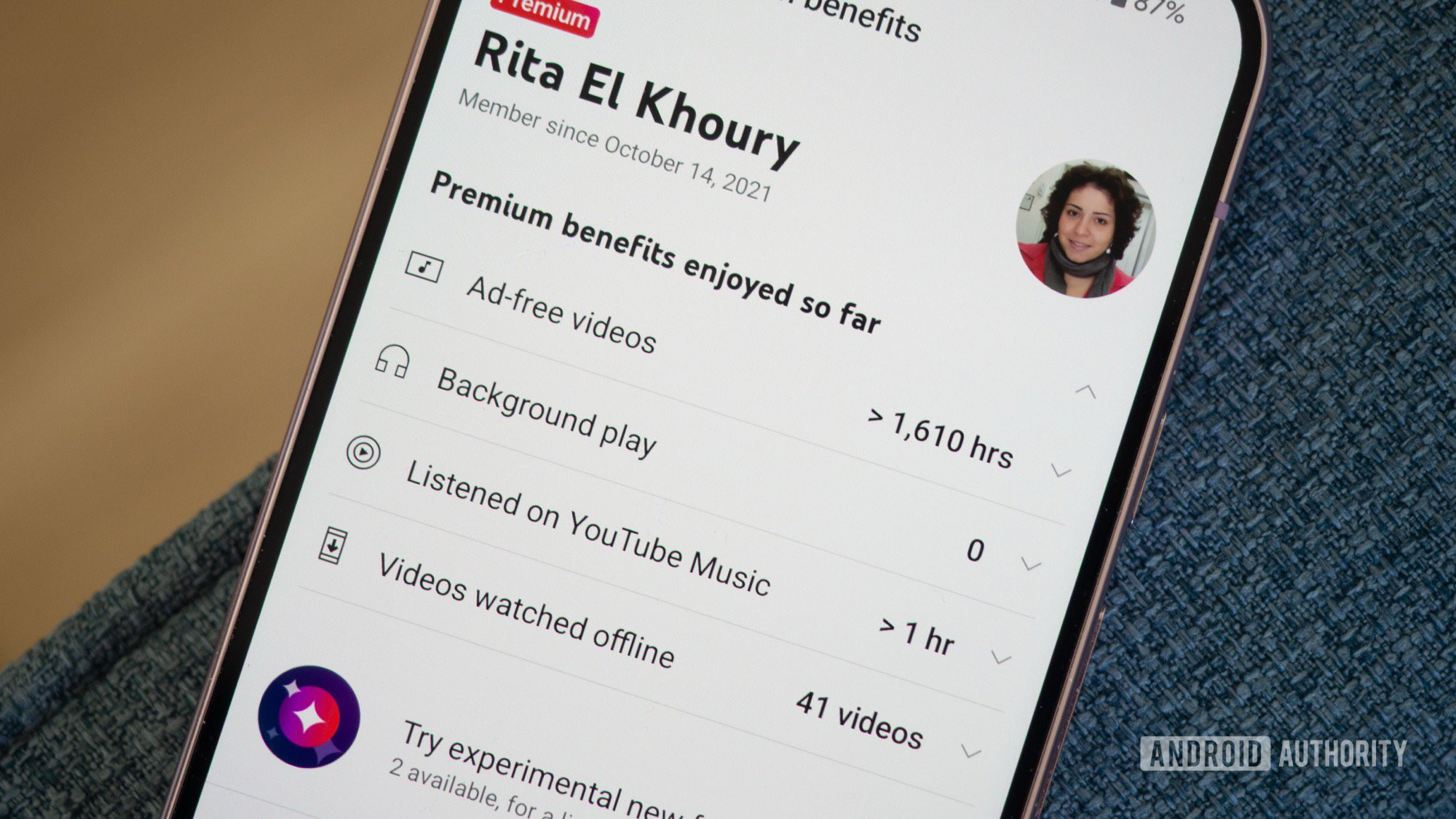The Long History of the Future: Why tomorrow’s tech still isn’t here author on on great ideas from cynicism, driverless cars, feeling conflicted by AI and her love of naps…
My book, The Long History of the Future: Why tomorrow’s tech still isn’t here, published last summer
I wrote another book before, but it was a little contract book for Wired, who I did some work for, so a little less exciting. I used to work full time at PC Pro magazine, a British computing title – I still freelance for them and hopefully will never stop as they are great fun – I run what we call the ‘futures section’ there, which is all the stuff that’s supposedly coming up but isn’t. We’ve always been quite a cynical publication – I often write why things aren’t going to happen, instead of why they are. I actually did one feature which was something like ‘the pessimists guide to the future’ and it (the book idea) really came out of that.
It took me a really long time to pull together a book proposal together and get the nerve to start pitching it
I signed the book deal two days before I had my daughter, so that kind of took precedence for a little while and then I finally got some time to write it. I had this idea to be able do a lot of background reading after she was born, because babies just sleep all the time, right? That was wrong, very wrong – so kind of hard timings to do it, but I made it work in the end.
Tech needs more Halloween costumes
My favourite person [in my book] is a guy who used to work for Stanford Research Institute, which is sort of like a spin-out of Stanford and he worked on this robot, which was the first one to pull in AI and be able to make decisions about where it went. This was back in the mid1960s / early 1970s, so a good long time ago and his name was Charles Rosen. He was an absolute tech genius – he’d make the guys that are running all the stuff now just look like absolute children.
He could do everything: organise people, could get the funding, all of that. But he was also really goofy, so there’s a really famous video of this robot, the Shakey Robot, and they’re trying to show that if you disrupt it, if you get in its way, that it will be able to figure out where to go next, which is an amazing thing to do given how early it was in the days of AI – the term artificial intelligence is like 10 years old at this point. In the video, he’s dressed in a Halloween costume and he declares himself the gremlin and jumps in front of it, making funny faces! It’s really hard to imagine Sam Alton and Geoffrey Hinton being this much fun and having, you know, such a goofy time, with this really important, amazing work.
I have been in a few different driverless cars but the one that stands out is the Google Waymo One in San Francisco
We went in it two summers ago and it’s amazing. What it can do in its little area in San Francisco that it can drive in, it can handle everything – most of the disruption actually comes from people trying to take video or pictures of it as, because they see no one is in the driver’s seat next to you. People blocked traffic to take pictures of the car that we were in which was quite funny. But, it only works in that area of San Francisco and a few other American cities, so I would take a lot of work for them to get it operating in London or elsewhere in the UK. It was very exciting, very impressive but you can also see the limitations at the same time.
I constantly feel very conflicted about AI
I think AI is an amazing technology applied correctly, carefully and thoughtfully, but also when you kind of admit the limitations to it – that’s just talking the AI that we have now, not helping the AGI and the stuff in the future that may or may not ever exist. There’s so many amazing things that AI can do, but it’s also still so limited and still such early days and I hate the way that it’s talked about. I hate the way the big AI companies, you know, really overplaying and overhype it and make all his promises and then you go and use ChatGPT and on one hand is amazing and on the other hand it’s terrible.
My day-to-day use of tech is actually pretty standard
I have a laptop that’s probably a bit older than I would like it to be, a slightly older iPhone. I’d love to get a robot vacuum, but it doesn’t work when you have a little kid because you have to actually clean the floor before you can let them out, or you break them when they choke on Lego and stuff like that. So, yeah, I think I’m pretty standard use – the thing that’s fun about being a technology journalist, especially in these types of areas, is that you get to go try these things like, you know, I get an invite to go on an autonomous bus up in Scotland’s and that’s really fun. I get to go see flying cars, I get to go see a Waymo vehicle although anyone can do that now if you’re in San Francisco. So it’s fun to get to try all of these things but that’s not my day- to-day. My day-to-day is very low tech comparatively, but then I get to do these little jaunts where I get to kind of peak into the future a little bit, so that’s quite fun.
I feel the need to unplug
I’m really bad with just picking up my phone and staring at it and I don’t think this is what I need. I need to get better at just putting it down or having more days off, you know, away from my laptop. One of the problems with being a journalist and then writing a book is you end up doing your day job and then you spend hours in the evening doing more writing, just staring at a laptop all day. And that’s not the fun bit – the fun bit is going off and getting to experience this technology, not sitting down and staring at your screen all day. So yeah, I would love to see more technology that means I don’t have to sit here all day.
My hobby is napping
I have a kid that is just over three, so if I have time outside of work and her, my number one favourite thing to do is to nap. I should say, I’ve always been a really big napper – when I went freelance was like, this is fabulous because I can now take a nap in the middle of the day, all the time. It’s a silly thing to say, that my hobby is napping but it absolutely is – I love it.
Visit Bloomsbury to find out more about The Long History of the Future: Why tomorrow’s tech still isn’t here.










